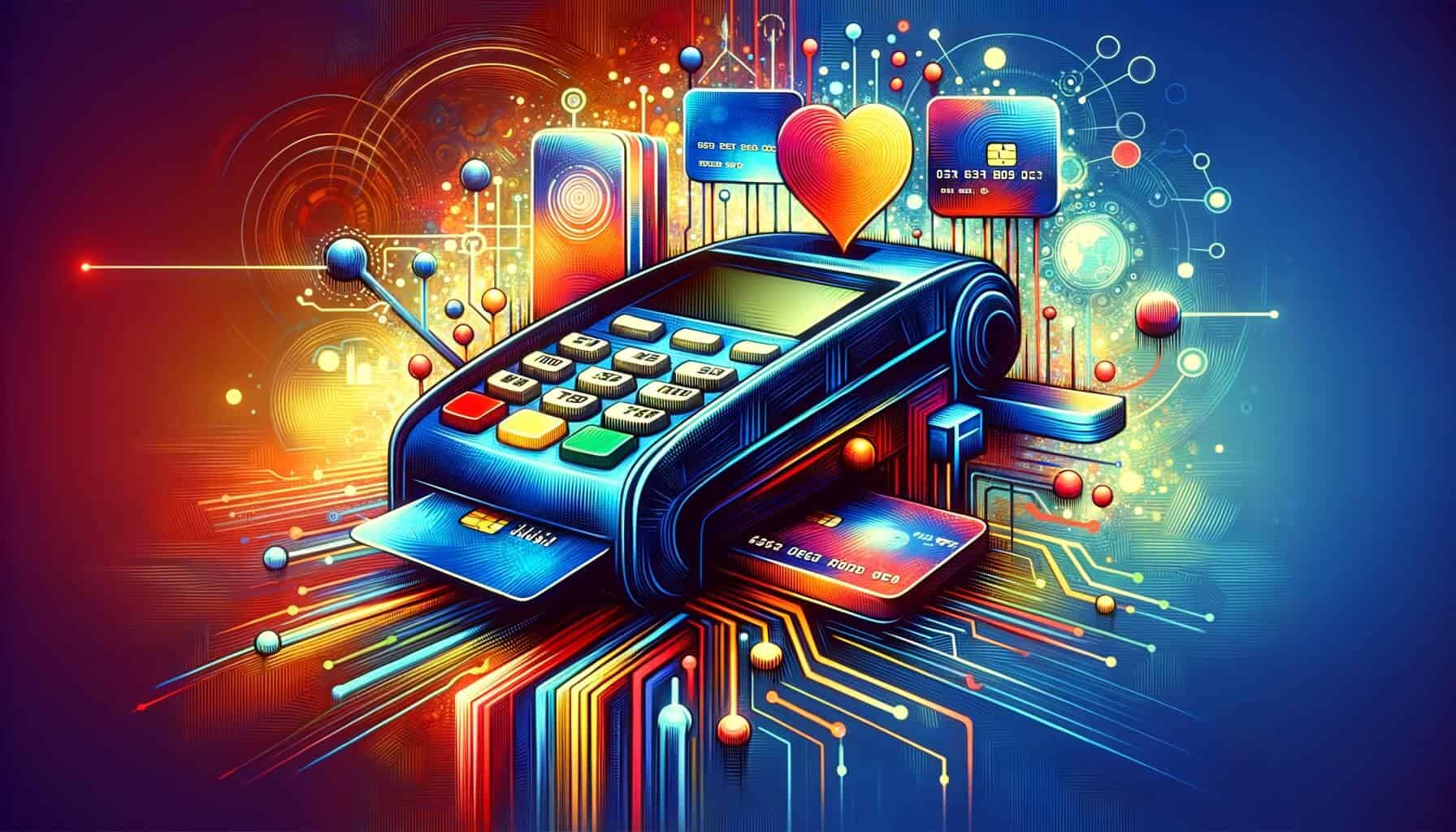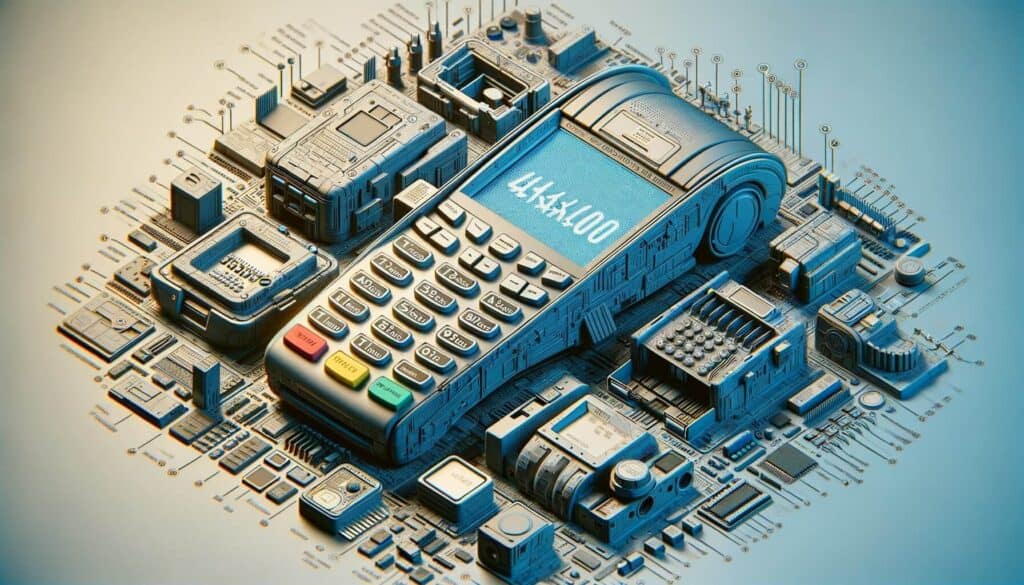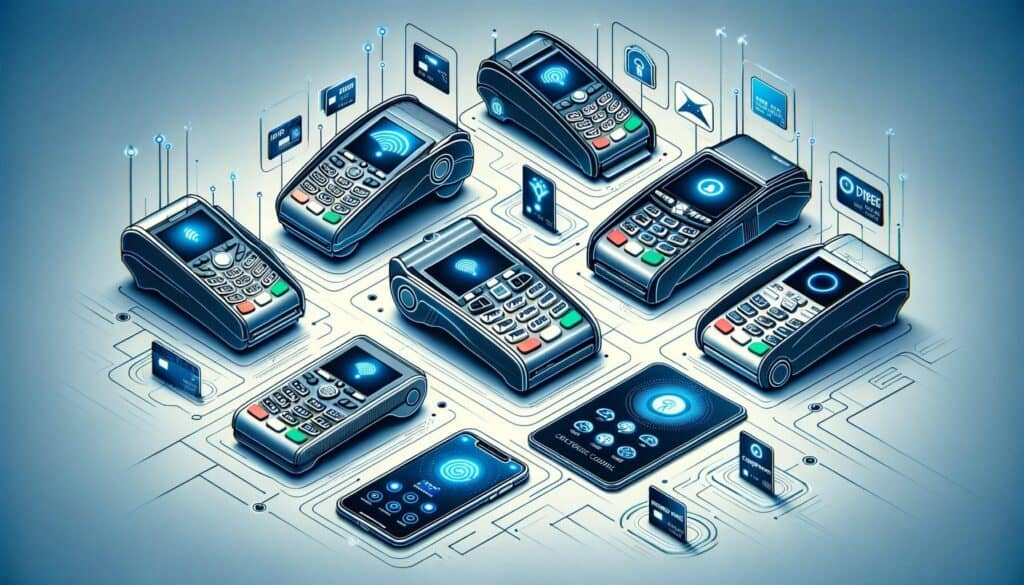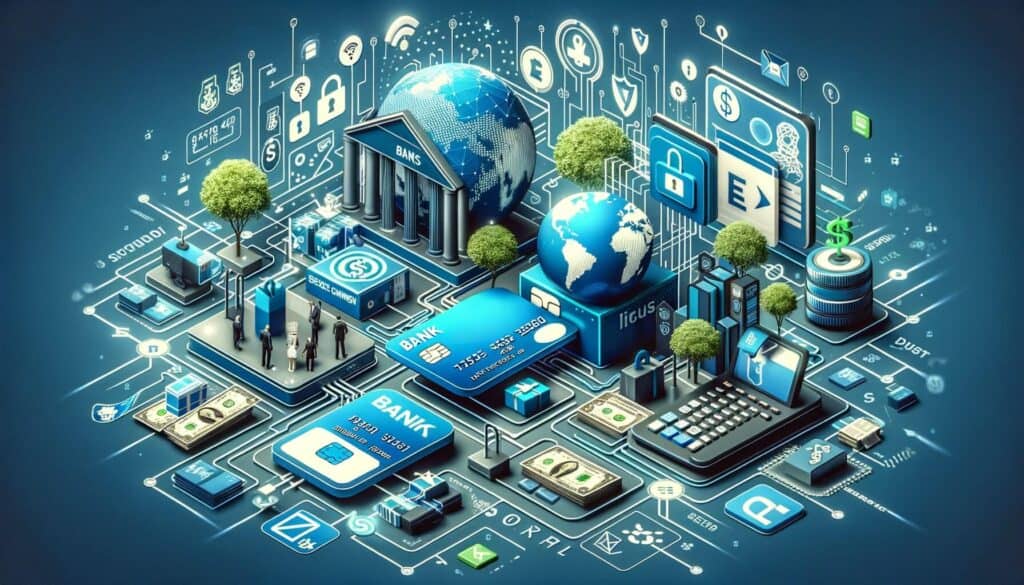
By Catharine Proctor January 29, 2025
Credit card terminals are electronic devices used by businesses to process payments made with credit or debit cards. These terminals play a crucial role in facilitating secure and efficient transactions, allowing businesses to accept card payments from customers.
In this article, we will explore the various aspects of credit card terminals, including their components, types, working mechanism, security measures, troubleshooting, advantages, and disadvantages.
Understanding the Components of a Credit Card Terminal

A credit card terminal consists of several components that work together to process card payments. The main components include a card reader, a keypad, a display screen, and a receipt printer. The card reader is used to read the information stored on the magnetic stripe or chip of the card.
The keypad allows the customer to enter their PIN or other necessary information. The display screen provides instructions and prompts to guide the user through the transaction process. Finally, the receipt printer generates a printed record of the transaction for the customer.
Types of Credit Card Terminals and Their Features

There are several types of credit card terminals available in the market, each with its own set of features and functionalities. The most common types include traditional countertop terminals, wireless terminals, mobile card readers, and virtual terminals.
Traditional countertop terminals are stationary devices that are connected to a phone line or internet connection. They are typically used in retail stores or businesses with a fixed location. These terminals offer features such as contactless payment acceptance, EMV chip card compatibility, and integration with point-of-sale (POS) systems.
Wireless terminals, on the other hand, are portable devices that use wireless networks to process transactions. They are ideal for businesses that require mobility, such as restaurants, food trucks, or delivery services. Wireless terminals offer the same features as countertop terminals but with the added advantage of mobility.
Mobile card readers are small devices that can be attached to a smartphone or tablet. They enable businesses to accept card payments on the go, using their mobile devices as the interface. Mobile card readers are popular among small businesses, independent contractors, and individuals who need a simple and affordable payment solution.
Virtual terminals are software-based solutions that allow businesses to process card payments using a computer or laptop. They are commonly used for online or phone-based transactions, where the card information is manually entered into the system. Virtual terminals offer features such as recurring billing, invoicing, and integration with e-commerce platforms.
How Does a Credit Card Terminal Process Transactions?
The process of processing a credit card transaction involves several steps, starting from the moment the card is swiped or inserted into the terminal. Let’s take a closer look at each step:
1. Card insertion/swiping: The customer inserts or swipes their card through the card reader of the terminal. The terminal reads the information stored on the card’s magnetic stripe or chip.
2. Authorization request: The terminal sends an authorization request to the payment processor or acquiring bank. This request includes the card details, transaction amount, and merchant information.
3. Authorization response: The payment processor or acquiring bank receives the authorization request and verifies the card details and available funds. They then send an authorization response back to the terminal, indicating whether the transaction is approved or declined.
4. Transaction completion: If the transaction is approved, the terminal prompts the customer to enter their PIN or sign the receipt, depending on the type of card used. The terminal then sends a completion request to the payment processor or acquiring bank to finalize the transaction.
5. Settlement: The payment processor or acquiring bank initiates the settlement process, transferring the funds from the customer’s bank to the merchant’s account. This process typically takes a few business days to complete.
The Role of Payment Processors in Credit Card Transactions

Payment processors play a crucial role in credit card transactions, acting as intermediaries between the merchant, the customer, and the card networks. When a transaction is initiated, the payment processor receives the authorization request from the credit card terminal and forwards it to the appropriate card network (such as Visa, Mastercard, or American Express).
The card network then communicates with the customer’s issuing bank to verify the card details and available funds. Once the authorization response is received, the payment processor relays it back to the terminal, indicating whether the transaction is approved or declined.
In addition to facilitating the authorization process, payment processors also handle the settlement of funds between the customer’s bank and the merchant’s account. They deduct the necessary fees for processing the transaction and ensure that the funds are transferred securely and efficiently.
Security Measures in Credit Card Terminals
Security is a critical aspect of credit card terminals, as they handle sensitive cardholder data during the transaction process. To ensure the security of cardholder information, credit card terminals incorporate various security measures, including encryption, tokenization, and compliance with industry standards.
Encryption is the process of converting sensitive data into an unreadable format, which can only be decrypted using a specific key. Credit card terminals use encryption algorithms to protect the cardholder data during transmission, making it virtually impossible for unauthorized individuals to intercept and decipher the information.
Tokenization is another security measure used in credit card terminals. It involves replacing the actual cardholder data with a unique identifier called a token. This token is used for transaction processing and storage, while the actual card data is securely stored in a separate system. Tokenization helps reduce the risk of data breaches, as even if the token is compromised, it cannot be used to retrieve the original card information.
Credit card terminals also adhere to industry standards and regulations to ensure data security. The Payment Card Industry Data Security Standard (PCI DSS) is a set of requirements that businesses must follow to protect cardholder data. Compliance with PCI DSS involves implementing measures such as secure network connections, regular security audits, and employee training on data security best practices.
Troubleshooting Common Issues with Credit Card Terminals
While credit card terminals are designed to be reliable and user-friendly, they can sometimes encounter issues that require troubleshooting. Here are some common issues that merchants may face with credit card terminals and their possible solutions:
1. Connection problems: If the terminal is not connecting to the internet or phone line, check the cables and connections to ensure they are properly plugged in. Restarting the terminal or resetting the network settings may also resolve the issue.
2. Card reading errors: If the terminal is having trouble reading cards, clean the card reader with a soft cloth to remove any dirt or debris. If the issue persists, the terminal may need to be serviced or replaced.
3. Transaction declines: If a transaction is declined, check the error message displayed on the terminal. Common reasons for declines include insufficient funds, expired cards, or incorrect PIN entry. Instruct the customer to contact their bank for further assistance.
4. Printer issues: If the receipt printer is not working, check the paper roll to ensure it is properly inserted. If the printer is jammed, carefully remove the jammed paper and restart the terminal. If the problem persists, the printer may need to be replaced.
5. Software updates: Regularly update the terminal’s software to ensure it has the latest security patches and features. Check the manufacturer’s website or contact their support for instructions on how to update the terminal.
Advantages and Disadvantages of Using Credit Card Terminals
Using credit card terminals offers several advantages for businesses, but it also comes with a few disadvantages. Let’s explore both sides of the coin:
Advantages:
1. Increased sales: Accepting card payments allows businesses to cater to a wider customer base, as many consumers prefer the convenience and security of card payments over cash.
2. Faster transactions: Credit card terminals enable quick and efficient transactions, reducing waiting times for customers and improving overall customer satisfaction.
3. Improved record-keeping: Credit card transactions generate electronic records that can be easily tracked and reconciled, simplifying accounting and reducing the risk of errors.
4. Enhanced security: Credit card terminals incorporate security measures such as encryption and tokenization to protect cardholder data, reducing the risk of fraud and data breaches.
5. Integration with other systems: Many credit card terminals can be integrated with point-of-sale (POS) systems, inventory management software, or customer relationship management (CRM) systems, streamlining business operations and improving efficiency.
Disadvantages:
1. Costs: Credit card terminals come with upfront costs for purchasing or leasing the equipment, as well as ongoing fees for payment processing and maintenance. These costs can be a burden for small businesses or those with low transaction volumes.
2. Technical issues: Like any electronic device, credit card terminals can encounter technical issues that require troubleshooting or repairs. This can disrupt business operations and cause inconvenience for both the merchant and the customer.
3. Dependency on internet/phone connection: Most credit card terminals require an internet or phone connection to process transactions. If the connection is slow or unreliable, it can result in delays or transaction failures.
4. Chargebacks: Credit card transactions are susceptible to chargebacks, where customers dispute a transaction and request a refund from their bank. Chargebacks can be time-consuming and costly for merchants, especially if they are unable to provide sufficient evidence to dispute the claim.
5. Security risks: While credit card terminals incorporate security measures, they are not immune to security risks. Hackers and fraudsters are constantly evolving their tactics, and businesses must stay vigilant to protect against potential threats.
Frequently Asked Questions about Credit Card Terminals
Q1. Can I use any credit card terminal with my merchant account?
A1. Not all credit card terminals are compatible with every merchant account. It is important to check with your payment processor or acquiring bank to ensure compatibility before purchasing or leasing a credit card terminal.
Q2. Can I accept contactless payments with a credit card terminal?
A2. Many modern credit card terminals support contactless payment methods such as NFC (Near Field Communication) or mobile wallets like Apple Pay or Google Pay. However, not all terminals have this capability, so it is important to choose a terminal that supports the desired payment methods.
Q3. How long does it take for funds to be deposited into my account after a transaction?
A3. The time it takes for funds to be deposited into your account can vary depending on your payment processor and bank. Typically, it takes 1-3 business days for funds to be settled and deposited into your account.
Q4. Can I use a credit card terminal without an internet connection?
A4. Some credit card terminals can operate in offline mode, where transactions are stored and processed once an internet connection is restored. However, offline mode may have limitations, such as not being able to accept certain types of transactions or requiring manual entry of card details.
Q5. What should I do if my credit card terminal is not working?
A5. If your credit card terminal is not working, first check the power source and connections to ensure they are properly plugged in. If the issue persists, consult the user manual or contact the manufacturer’s support for further assistance.
Conclusion
Credit card terminals are essential tools for businesses to accept card payments and provide a seamless payment experience to their customers. Understanding the components, types, working mechanism, and security measures of credit card terminals is crucial for merchants to make informed decisions and ensure smooth transactions.
While credit card terminals offer numerous advantages, such as increased sales, faster transactions, and enhanced security, they also come with a few disadvantages, including costs, technical issues, and security risks. By choosing the right credit card terminal, staying updated with software updates, and following best practices for troubleshooting and security, businesses can maximize the benefits of credit card terminals and provide a convenient payment experience for their customers.